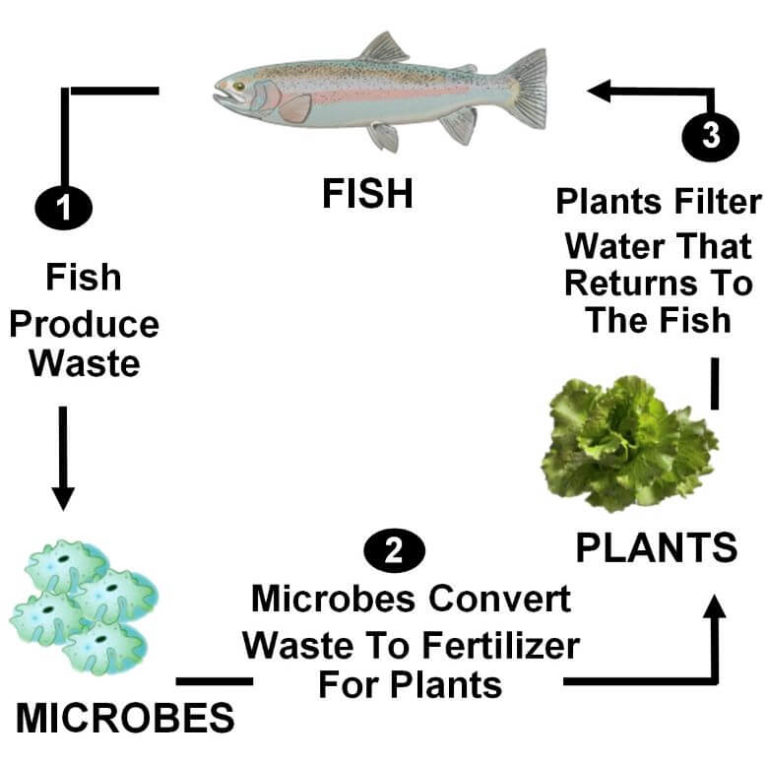The Farm
Aquaponic farms are sustainable by nature. The closed-loop recirculation system saves resources and provides a tremendous amount of high-quality, nutrient-rich produce, free from pesticides, herbicides and fungicides. We’ve created an ecosystem where each organism plays an important role in the balance of life. That makes our farm so efficient that there’s almost zero waste.
What Is Aquaponics?
Aquaponics is the cooperation between plants and fish and originates from the two words aquaculture (the growing of fish in a closed environment) and hydroponics (the growing of plants usually in a soil-less environment). The basic premise of aquaponics is that the waste produced by the fish is collected and sent through a series of filtration. The majority of the waste is removed from the system, and the newly ammonia-rich water is sent through a microbial filter to convert the remaining waste into a nutrient that plants absorb. The plants sit in about one foot of water, where the roots soak up the nutrients and clean the water which is then sent back into the fish tank, thereby producing one continuous cycle. This system is based entirely around the nitrogen cycle. Hence, when the fish produce waste (ammonia), bacteria break it down into nitrates.
The Aquaponic Cycle

Why Grow Aquaponically?
- Requires 80-95% LESS water than traditional farming methods.
- Produces at least 10 times more crops in the same amount of space as conventional agriculture.
- Consumes approximately 75% LESS energy than mechanized agriculture.
- Produces its own nutrient rich water as fertilizer and does not utilize any chemical pesticides.
- Promotes strategies for adaptation to climate change and natural resource conservation.
- Requires substantially less labor than required by almost all other food production methods.
